The door of time reopens after a century
Located in the northeast corner of the Forbidden City, the Qianlong Garden, an architectural masterpiece of over 6,000 square meters, has officially opened to visitors after nearly a century of closure and a 25-year restoration project. Unlike the majesty and power of the palaces, this garden offers a completely different space, reminiscent of the soft, tranquil features of Jiangnan gardens, revealing the refined aesthetic taste of Emperor Qianlong.
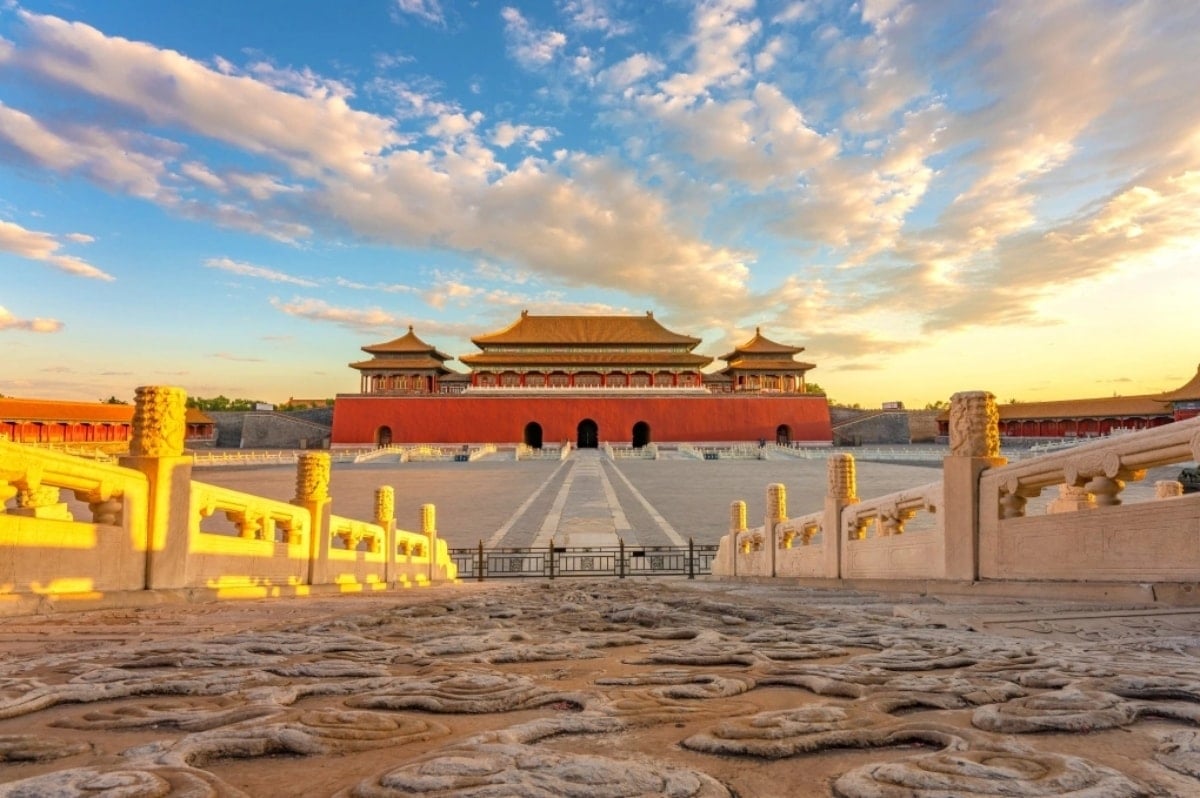
Journey to explore the four layers of space
The Qianlong Garden is uniquely designed with four interconnected courtyards, each offering a unique setting and experience. Currently, visitors can visit the first two courtyards, a journey that is enough to feel the wonder and hidden beauty of this place.

First Courtyard: Calligraphy and Bamboo Art
Entering the first courtyard, visitors will encounter Dinh Co Hoa, the main structure named after the wooden plaque written by Emperor Qianlong. Next to it is Tay Thuong Cac, a unique structure with bamboo motifs used consistently throughout the design, creating an elegant space close to nature.
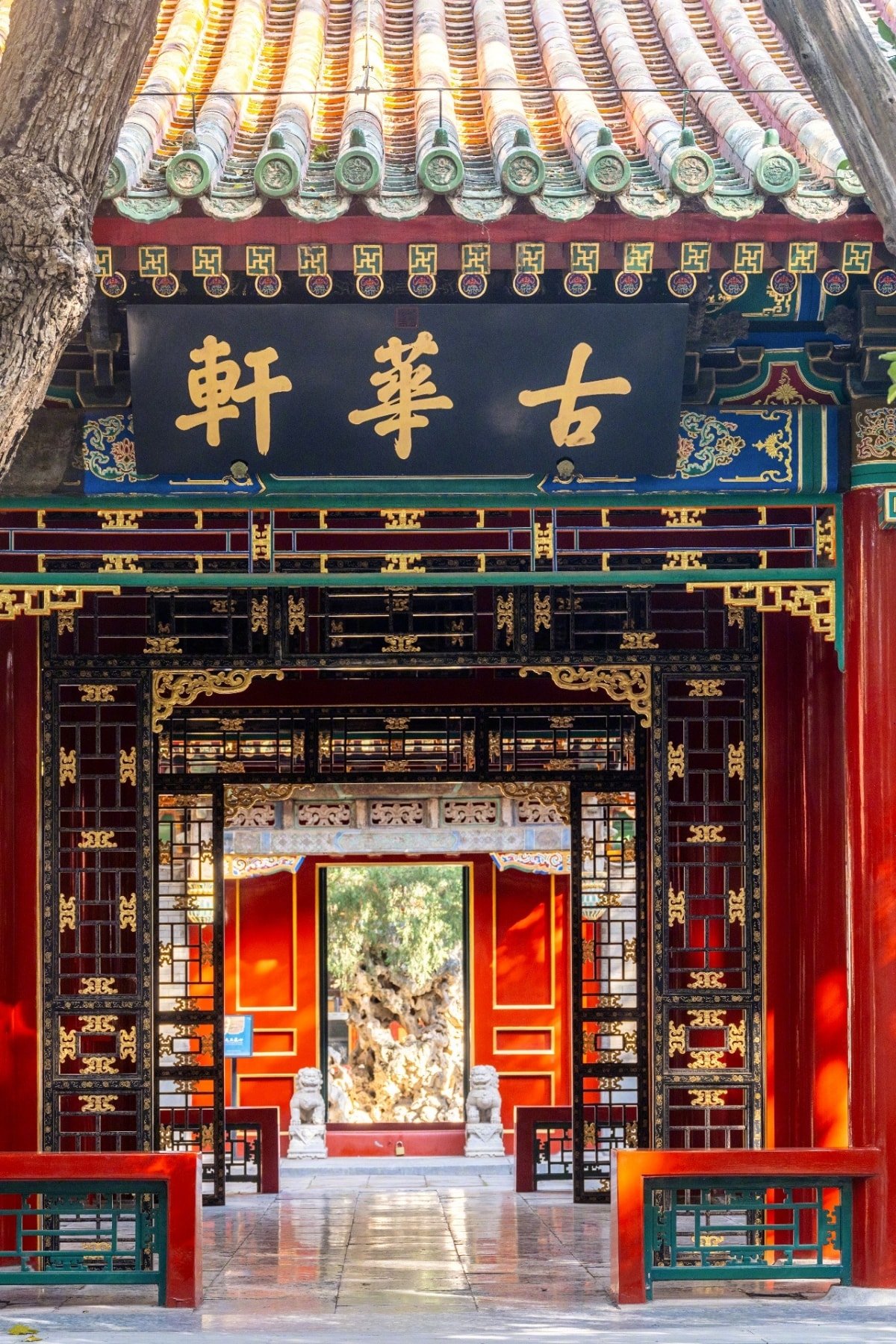
Second Courtyard: Suzhou Style in the Heart of the Imperial Capital
Suichu Hall is the centerpiece of the second courtyard and also the bridge leading to the third courtyard. This structure is notable for its meticulously painted Suzhou-style beams, clearly reflecting the Qianlong Emperor’s love for Jiangnan art and architecture. Every decorative detail is a work of art, transporting visitors to a poetic space.
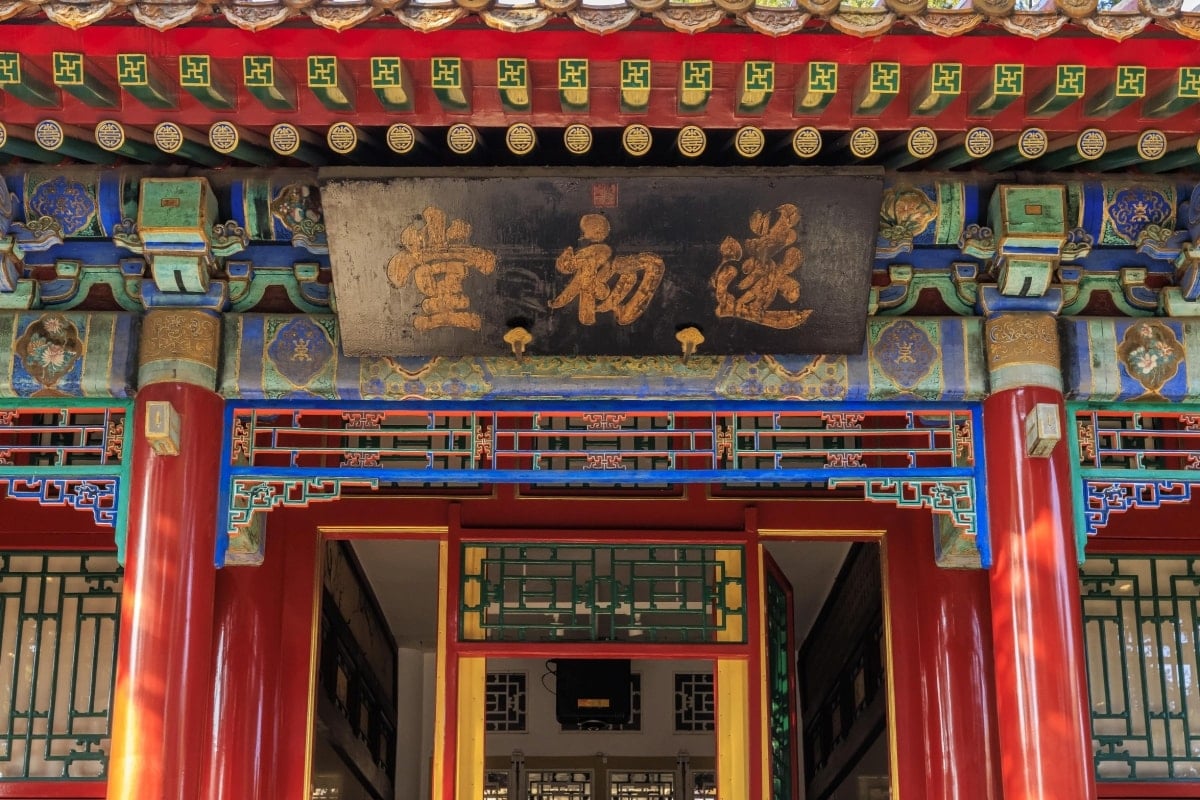
Other outstanding works
Although not yet fully open, the structures in the back courtyards are also of great architectural value. The Songxiu Pavilion in the third courtyard is known for its panoramic view of the garden. In particular, the Fuwang Pavilion in the fourth courtyard is the tallest building, while the Juanqinzhai (Jingju Zhai) houses the royal interiors that are almost completely preserved.

Masterpiece of restoration and modern experience
The restoration of the Qianlong Garden was a monumental effort, spanning more than two decades and costing an estimated $15 million to $18 million. The complexity of the project reflects the unparalleled value of the garden. Every detail, from the rockery to the roof tiles to the interior, was restored with the utmost precision and sophistication.

In addition to admiring the architecture, visitors also have the opportunity to explore the exhibition area. Architectural models and interactive technology allow for a deeper understanding of the high craftsmanship of the Qing Dynasty, providing an experience that is both historical and educational .
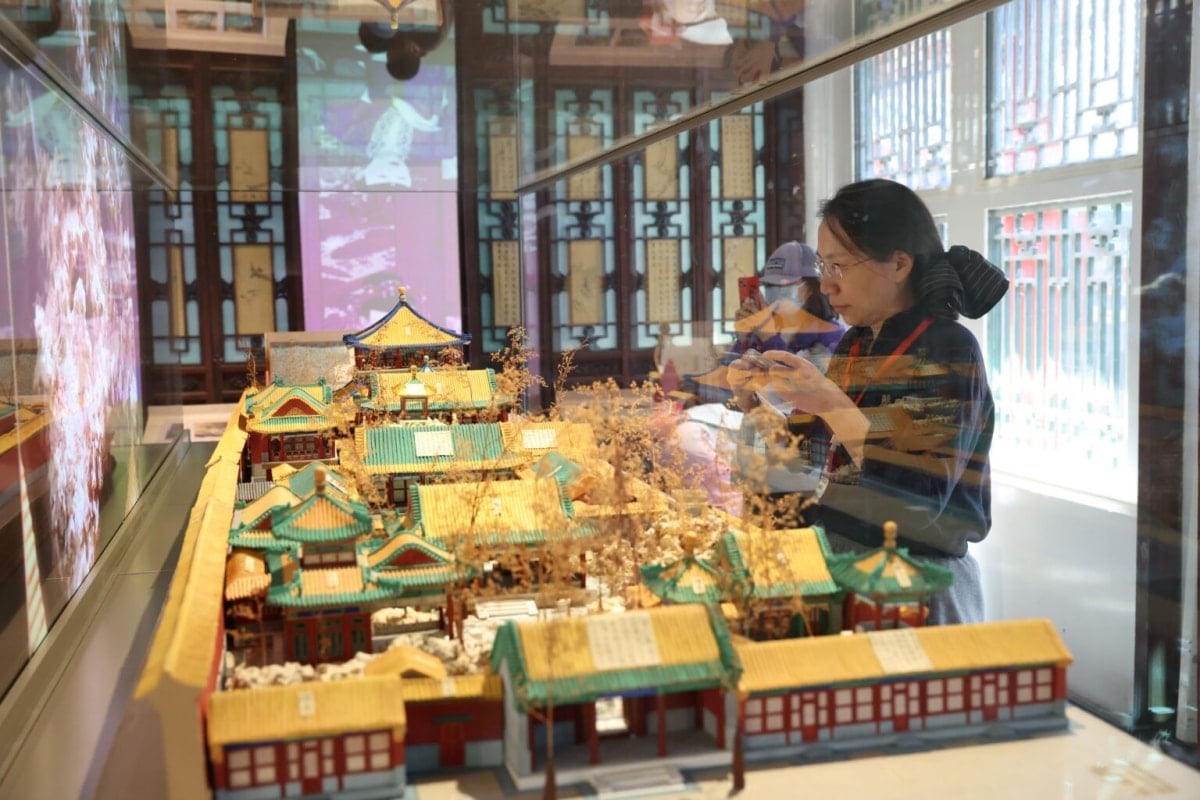
The opening of the Qianlong Garden is not only a significant event for heritage researchers but also a gift for global tourists. It is considered a must-see destination for those planning to visit Beijing, promising to bring a new and profound perspective on one of China's greatest works.
Source: https://baolamdong.vn/vuon-can-long-kham-pha-bi-mat-100-nam-trong-tu-cam-thanh-404997.html








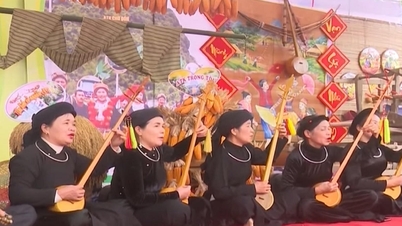

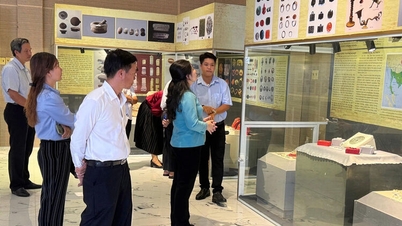

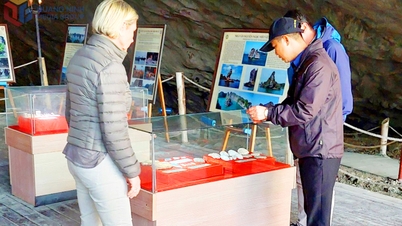



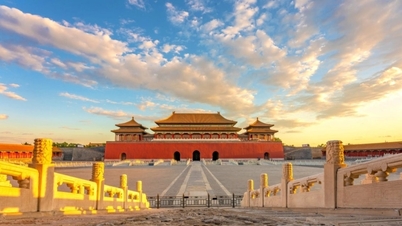













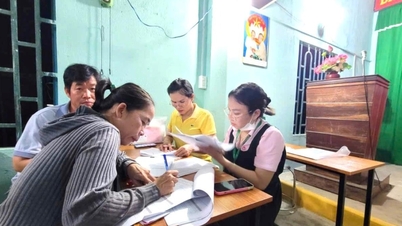

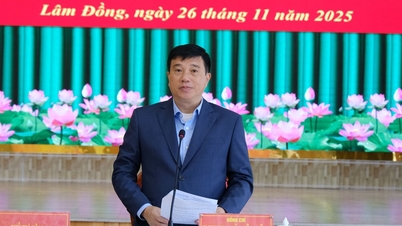
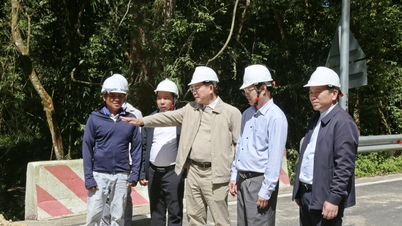







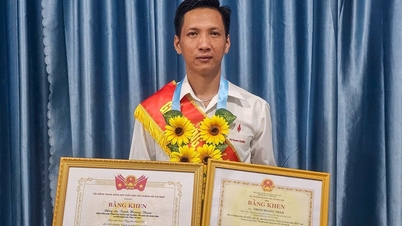










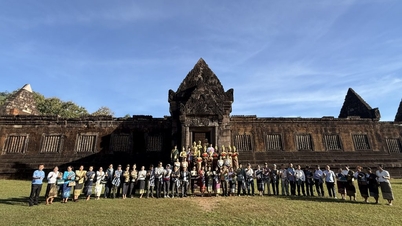



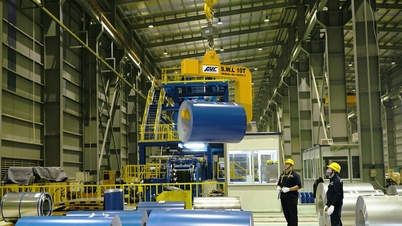



















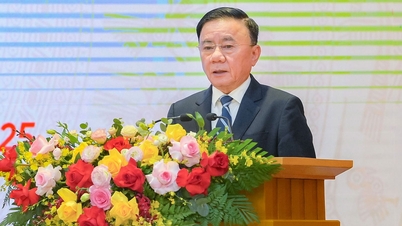



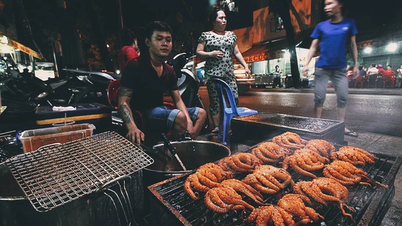



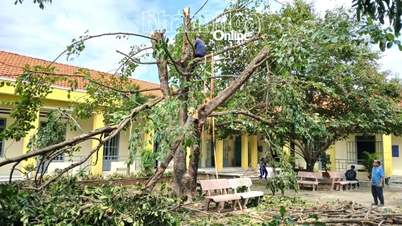
















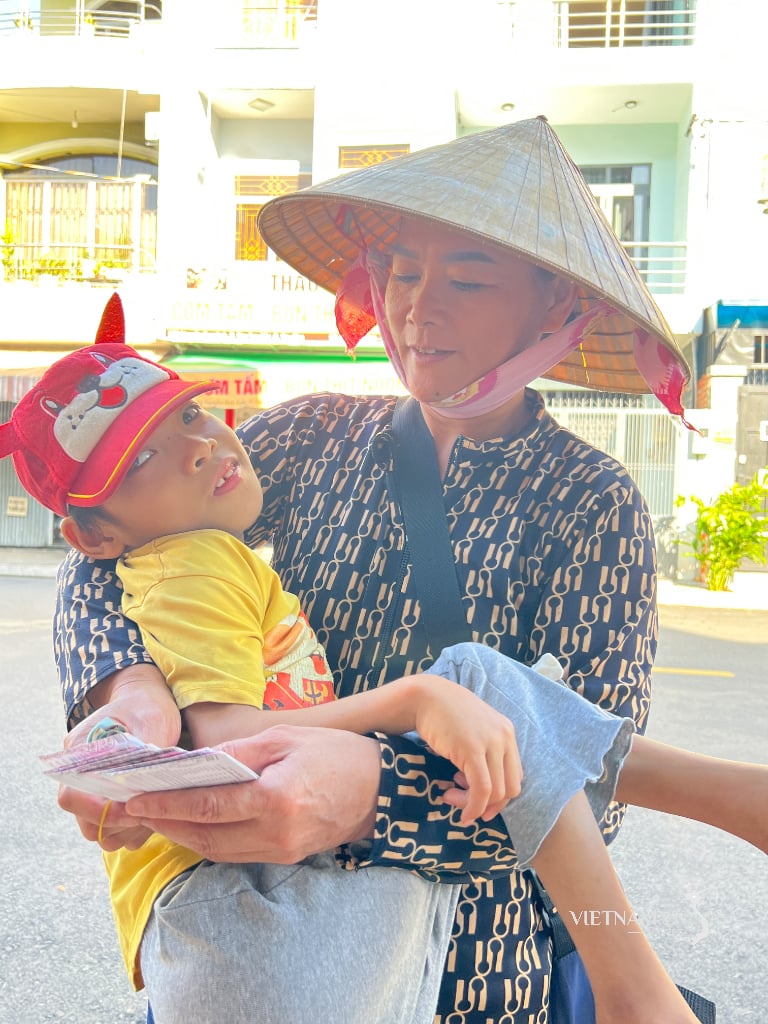
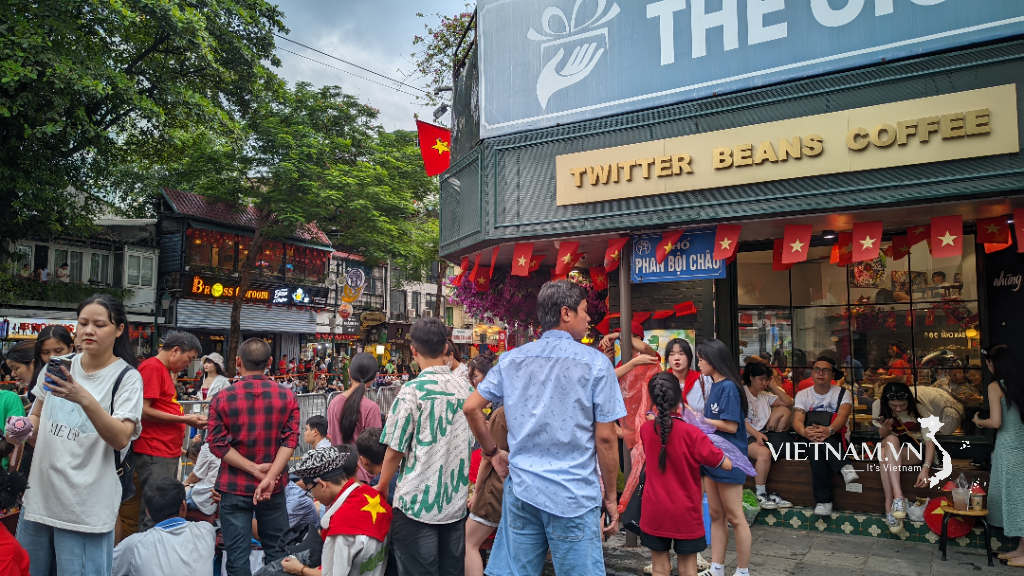


Comment (0)